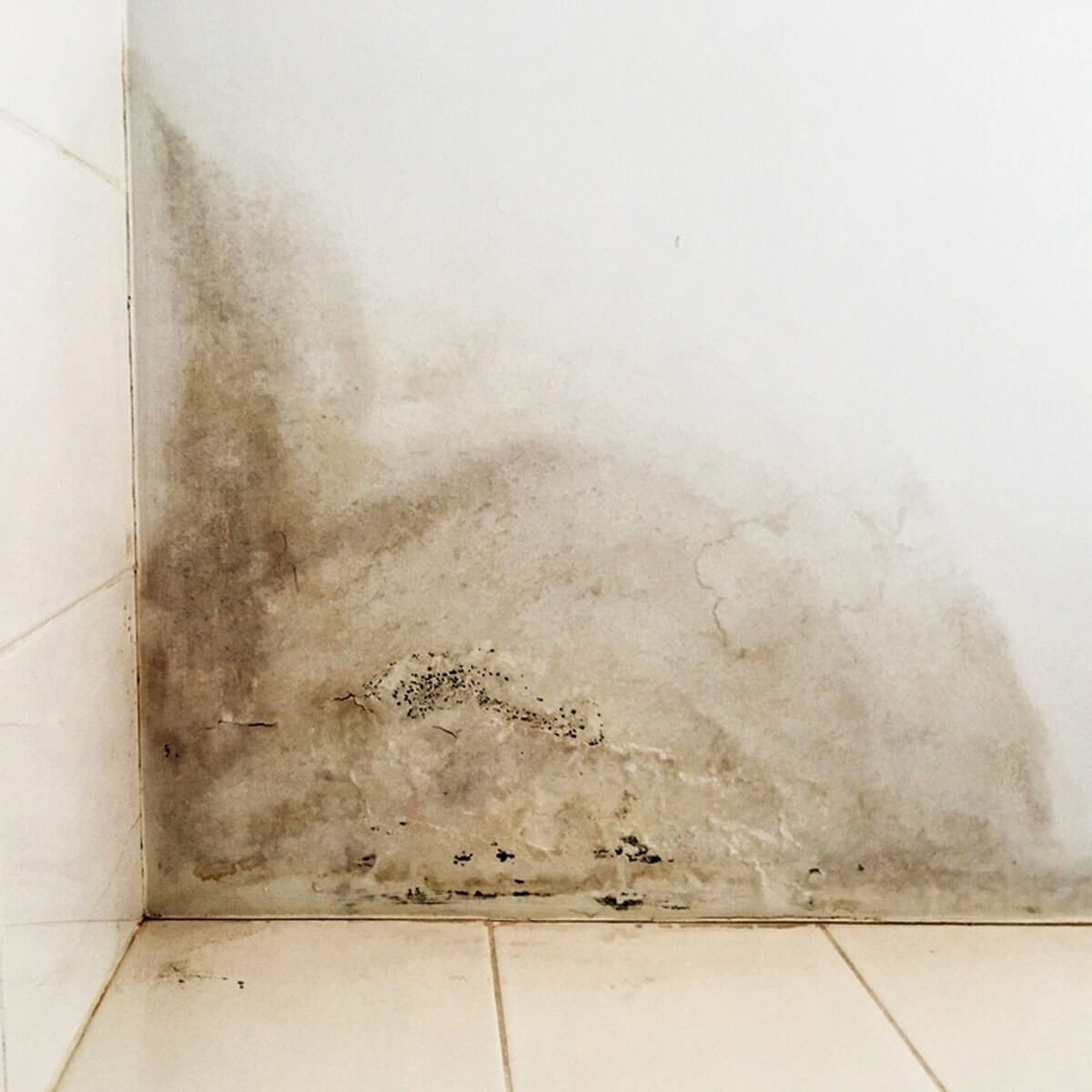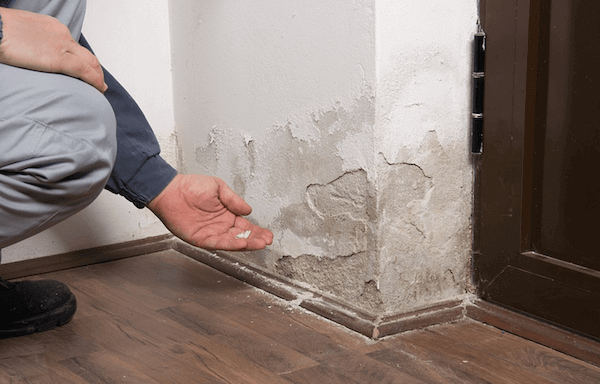Do's & Don'ts of Water Restoration.
Do's & Don'ts of Water Restoration.
Blog Article
The publisher is making a few great pointers about Safety Tips To Prevent Fire And Water Damage as a whole in the content following next.

Water offers life, water invasion on parts where it's not meant to be can result in damage. It can peel away surfaces and erode the structure if the water saturates into your structure. Mold and mildew and also mildew likewise prosper in a damp atmosphere, which can be unsafe for your health. Homes with water damage odor moldy as well as old.
Water can originate from several resources such as typhoons, floods, ruptured pipelines, leakages, and also sewage system issues. In case you experience water damages, it would certainly be great to understand some security preventative measures. Below are a couple of standards on exactly how to take care of water damages.
Do Prioritize Residence Insurance Policy Insurance Coverage
Water damages from flood because of heavy winds is seasonal. You can likewise experience a sudden flooding when a defective pipeline unexpectedly bursts right into your home. It would certainly be best to have house insurance policy that covers both acts of God such as all-natural disasters, and also emergencies like busted plumbing.
Don't Neglect to Turn Off Energies
In the event of a catastrophe, specifically if you live in a flood-prone location, it would certainly be a good idea to turn off the main electric circuit. This cuts off power to your whole residence, preventing electrical shocks when water can be found in as it is a conductor. In addition, do not forget to shut off the major water line shutoff. When floodwaters are high, furnishings will walk around and trigger damages. Having the main valve turned off prevents further damages.
Do Keep Proactive and also Heed Weather Signals
Listen to discharge cautions if you live near a lake, creek, or river . Doing so minimizes possible home damage.
Don't Neglect the Roof
You can avoid rain damages if there are no openings and leaks in your roofing. This will certainly prevent water from streaming down your wall surfaces and soaking your ceiling.
Do Focus On Tiny Leaks
A ruptured pipeline does not take place overnight. Usually, there are red flags that indicate you have compromised pipes in your home. You might see gurgling paint, peeling off wallpaper, water touches, water spots, or leaking noises behind the walls. Ultimately, this pipeline will break. Preferably, you must not wait on things to intensify. Have your plumbing repaired before it leads to substantial damages.
Do Not Panic in Case of a Burst Pipe
When it comes to water damage, timing is crucial. Hence, if a pipeline ruptureds in your residence, instantly shut off your primary water valve to cut off the source. Call a credible water damage restoration specialist for assistance.
Water gives life, water intrusion on parts where it's not supposed to be can result in damage. Residences with water damages odor mildewy as well as old.
Water damage from flood dues to heavy winds is seasonal. You may notice gurgling paint, peeling wallpaper, water touches, water spots, or trickling noises behind the walls. When it comes to water damages, timing is key.
Water Damage Do and Don'ts
Water damage at your home or commercial property is a serious problem. You will need assistance from a professional plumber and a water damage restoration agency to get things back in order. While you are waiting for help to arrive, however, there are some things you should do to make the situation better. Likewise, there are things you absolutely shoud not do because they will only make things worse.
DO these things to improve your situation
Get some ventilation going. Open up your doors, your windows, your cabinets – everything. Don’t let anything remain closed. Your aim here is to expose as much surface area to air as possible in order to quicken the drying out process. Use fans if you have them, but only if they’re plugged into a part of the house that’s not currently underwater.
Remove as much standing water as you can. Do this by using mops, sponges and clean white towels. However, it’s important that you don’t push or wipe the water. Simply use blotting motions to soak it up. Wiping or pushing could result in the water getting pushed deeper into your home or carpeting and increasing your problem.
Turn off the power to the soaked areas. You will want to remove the danger of electrocution from the water-logged area to do some cleaning and to help the plumber and the restoration agents do their work.
Move any furniture and belongings from the affected room to a safe and dry area. Taking your possessions to a dry place will make it easier to decide which need restoring and repair. It will also prevent your belongings from being exposed to further moisture.
DON’T do any of these things for any reason
Don’t use your vacuum cleaner to suck up the water. This will not only get you electrocuted, but will also severely damage your vacuum cleaner. Use manual means of water removal, like with mops and pails.
Don’t use newspaper to soak up the water. The ink they use for newsprint runs and transfers very easily, which could then stain carpet and tile with hard-to-remove stains.
Don’t disturb mold. This is especially true if you spot a severe growth. Leave the mold remediation efforts to the professionals. Attempting to clean it yourself could mean exposing yourself to the harmful health effects of mold. Worse, you could inadvertently spread it to other areas of the house.
Don’t turn on your HVAC system until given approval from the restoration agency. Turning your HVAC system on before everything has been cleaned could spread moisture and mold all over the house.
https://www.dreyersdki.com/about-us/blog/water-damage-do-and-donts

Hopefully you enjoyed reading our part about Fire And Water Damage Prevention. Thank you so much for taking the time to read our post. Do you know somebody who is fascinated with the subject? Take a moment to share it. Many thanks for taking the time to read it.
Report this page